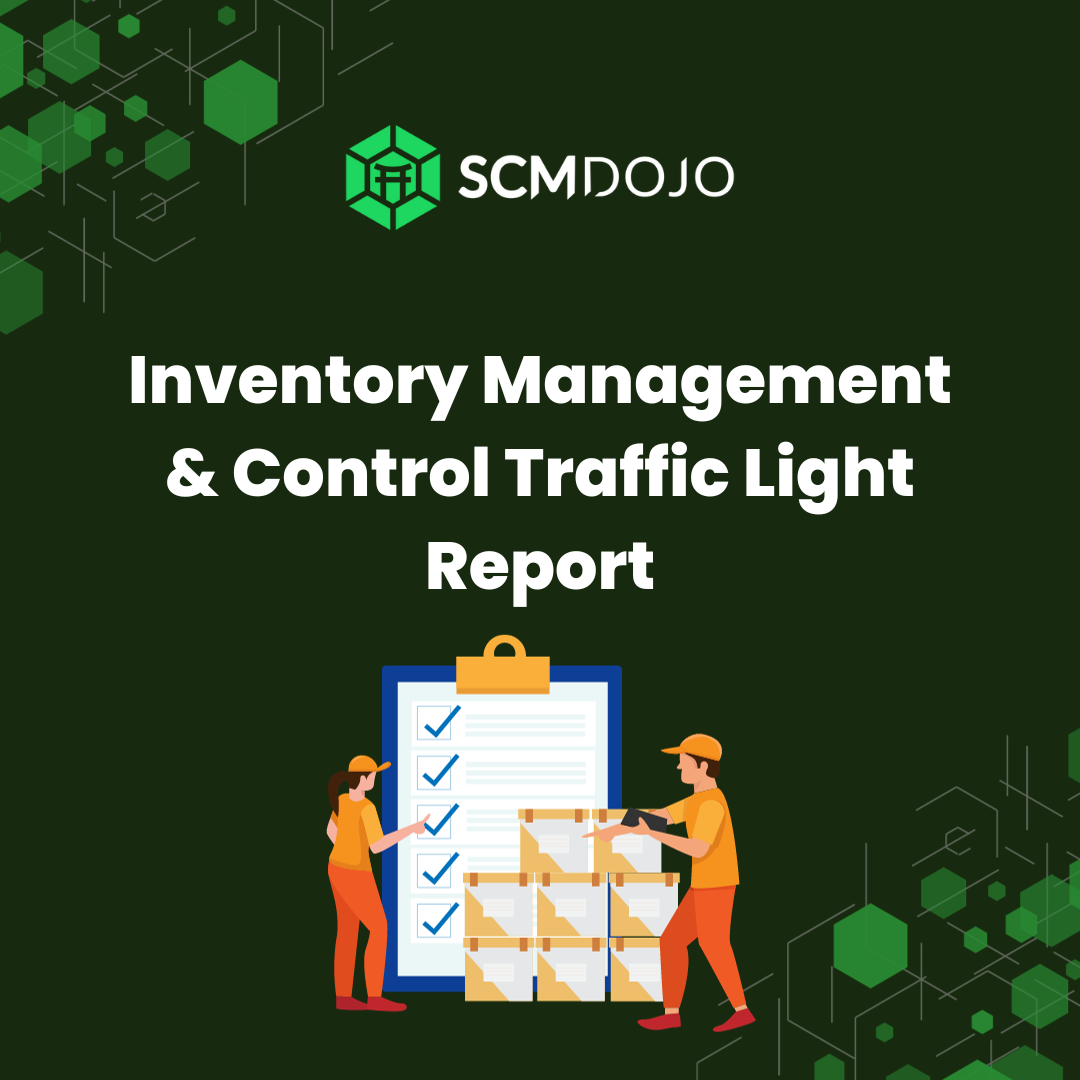The effective execution of supply chain planning and operational solutions largely depends on a company’s capacity to pinpoint and record its preferred value measures and results, ensuring these are in sync with its service provider. Business and supply chain leaders should consider these five essential strategies when setting project objectives, to prevent a troublesome implementation.
Collaborate with Vendors to Create a Business Case
The careful planning of a supply chain technology implementation is crucial. Understand that the vendor and client are partners working together to provide value for the client’s organization. This necessitates that both the client and the vendor have a distinct comprehension of the tangible issues the client is dealing with, how the software will serve to resolve those problems, and consequently, which software elements are vital for this initiative.
This mutual consensus is fundamental in choosing a software vendor and is key to the successful outcome of the eventual implementation project. The results from brainstorming sessions between the client and vendor teams should be encapsulated in a unified business case.
The lack of such a document could potentially delay project approval at the executive level, leading to a loss of project benefits. On the other hand, agreement on a unified business case minimizes the risk of miscommunication between the two partners as the implementation process advances.
Differentiate and Contrast Against Market Rivals
Examining your competitors can offer valuable perspectives on effectively using your company’s special strengths to gain a competitive edge in the market—this principle applies equally to both business and supply chain strategies.
While not everyone may be capable of providing same-day or same-hour delivery like some of the big players in the delivery networks, ponder on other ways you can please your customers and distinguish your service.
Set up your own unique criteria and strictly adhere to them to make your fulfillment methods stand out from the crowd. This article from Blake Harris Law highlights how Estate planning works in a Supply Chain.
Consolidate Supply Chain Planning with Overall Business Planning
An essential subsequent step involves integrating the often isolated supply chain planning with sales, operations, and financial planning. Firms stand to gain from aligning their immediate operational planning with broader business planning procedures, enabling them to make instantaneous updates to inventory predictions and supply.
Implementing real-time sales and operations planning (S&OP) solutions that foster collaboration throughout the organization allows key players across various functions to generate new scenarios and swiftly evaluate the best ways to allocate resources for maximum profit.
Providing Customers With Products
The distribution process is centered on the transportation of completed goods from the storage area to the final consumer. Achieving success in this phase hinges on timely and accurate delivery of the correct items in the right amounts to the designated location, all the while keeping costs under control.
Your business objectives and market environment will dictate whether you opt for direct delivery to customers or choose indirect distribution via partners or third-party entities like agents, wholesalers, or retailers.
Decisions made during this part of the supply chain process have a significant impact on inventory cycle times and expenses. Selecting appropriate distribution partners and tools can not only enhance operational efficiency but also elevate levels of customer satisfaction.
Create a Plan for Managing Risks
Supply chains, being intricate and ever-evolving systems that can span across vast geographical areas, are invariably exposed to a plethora of risks. Hence, risk management is always a paramount concern. Neglecting to address these risks typically incurs unwanted expenses and sales decline.
Regardless of whether your organization has already implemented a risk management strategy, it’s crucial to reassess its efficacy at present to mitigate the effects of any disruptions. Without this necessary action, achieving enduring success becomes an unattainable goal.
Endnote
By setting up an in-depth risk evaluation system and regularly examining supply chain threats, a business can detect potential obstacles before they emerge. This allows companies to be better prepared to handle any operational difficulties, from substantial supply chain failures to minor interruptions.



